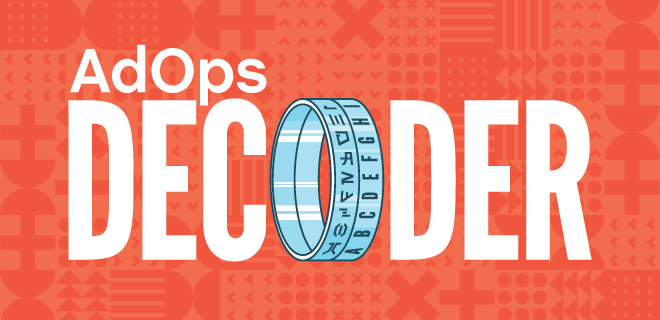
As consumer privacy choices cripple traditional targeting methods, the future of advertising lies in cohorts, but growing this future requires scale.
The days of online behavior being viewed and tracked for targeted advertising are over as consumers exercise their privacy rights and opt out of sharing their data with third parties.
Cookie-blocking browsers, regulators, and tech are giving users the tools, awareness, and choice to protect their data by opting out of data sharing, creating a hidden web, and leaving just 30% of the open web addressable.
Targeting must be sustainable, based on direct and not third-party relationships, and reach 100% of users while respecting their data choices —publishers’ privacy-forward cohorts.
Publisher cohorts are consumers that are grouped based on a shared characteristic within a publisher’s environment. They are built from first-party publisher data and don’t rely on ad-tracking or third-party cookies. But advertisers need scale and standardization. This is where standard cohorts come into play.
Scale and Standardization
Standard cohorts are interest-based publisher cohorts that can be generated automatically based on publishers’ first-party data. They are created using Natural Language Processing and the IAB 1.1 Audience Taxonomy, leveraging consistent and standardized behavior inputs. This solves for inconsistencies such as publisher A defining a food-lover as someone who visits pages on restaurant reviews and chef profiles twice in 60 days while publisher B defines a food-lover as someone who views one piece of recipe content over 90 days.
Much like privacy-safe publisher-defined cohorts, standard cohorts enable publishers to trade their rich audiences responsibly, without identifiers, which protects consumers. Third-party intermediaries are taken out of the equation to ensure publishers gain value from the one-to-one connection they have with their audience and the rich data and insights.
In a recent interview with AdMonsters, Scott Messer, Principal and Founder of Messer Media, lamented the challenges of buyers seeking to activate unified audience definitions across multiple publishers and “publishers having unique inventory and wanting to label things uniquely.” He added that with standard cohorts “publishers are providing standardized ingredients, which allows advertisers to know exactly what they’re buying.”
New Means of Monetization
With standard cohorts, advertisers can buy at scale and collaborate with multiple publishers, which has many benefits for both.
For publishers, it unlocks a new means of monetization via private deals with advertisers. It helps publishers make all-important connections and seize growing buy-side demand using their audience data. This data truly represents and addresses 100% of audiences and will be the new currency of responsible audience activation. Standard cohorts also help publishers unlock demand across SSP partners and their respective advertisers, who seek privacy-safe and publisher-permissioned audiences.
With these cohorts, advertisers gain a sustainable alternative to third-party data; audience reach in cookie-blocked environments, and clarity and transparency around audience composition and definition. It gives advertisers the confidence and transparency of a clear taxonomy qualified similarly across publishers, i.e., standardization.
Advertisers that are working in this way are seeing results. A global beverage CPG brand, for example, course-corrected over-indexing in Chrome to reach double the previously hidden audience in Safari, helping solve their addressability problems. The campaign delivered 2.1x the number of impressions served in Safari vs. Chrome, resulting in a 21% lower CPC compared to the benchmark and a 123% higher CTR compared to the benchmark.
Protecting Data and Value
Standard cohorts give publishers and advertisers a sustainable alternative to the dwindling third-party data open marketplace and protect them as data and audience owners. Publishers and advertisers bring value with their direct relationship with the consumers.
For publishers, standard cohorts go a step further and protect their valuable assets – with data being siloed per publisher and never exposed to advertisers or third parties, preventing the decoupling of data from inventory.
Given the advertising industry’s privacy climate, standard cohorts greatly benefit the consumer, protecting their data with a privacy-preserving approach to targeting, just like publisher cohorts. With the added scalability standard cohorts provide, advertisers and publishers have a sustainable way of targeting relevant audiences in this new era of digital advertising.